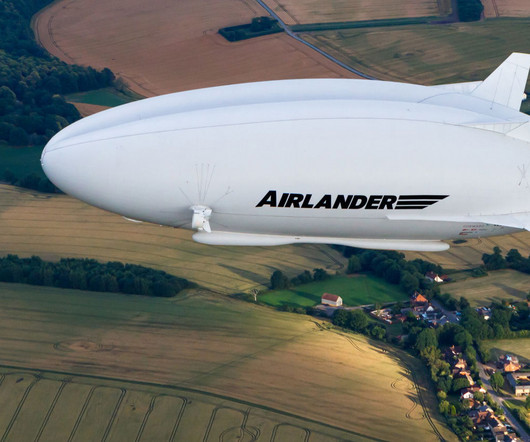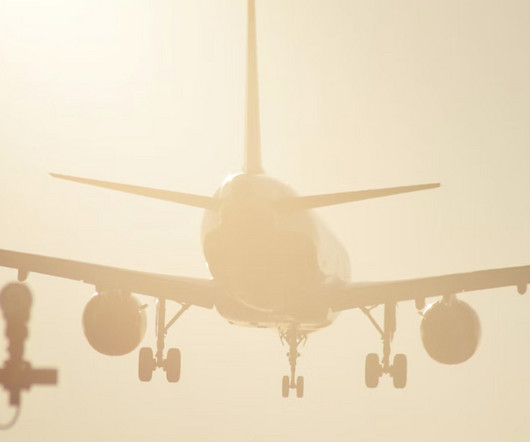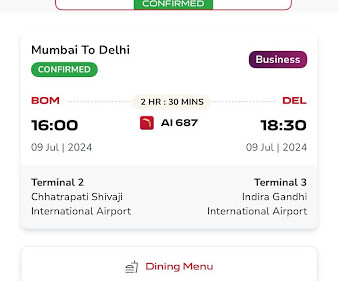How Hybrid Air Vehicles Is Making World’s Longest Aircraft Longer
Flying Magazine
JULY 7, 2025
Helium contributes only about 60 percent of the lift—the shape of the balloon forms a giant wing, providing the rest. READ MORE: Airlines and Pilots Don’t See Eye to Eye on Autonomous Flights Aerodynamic lift and vectored thrust come from two pairs of ducted propellers running on kerosene-powered engines, mounted outside the main hull.










Let's personalize your content